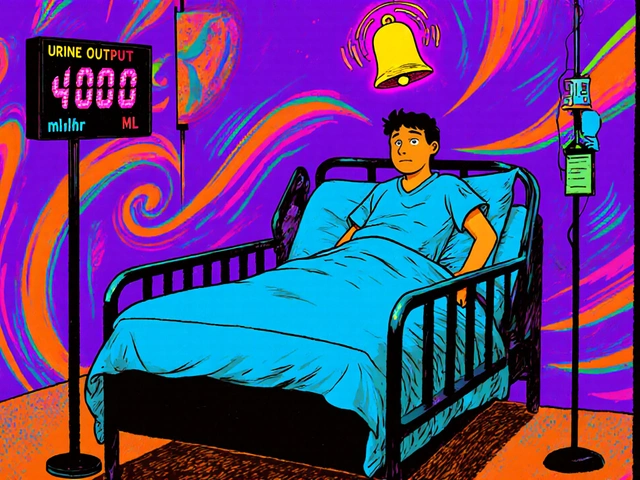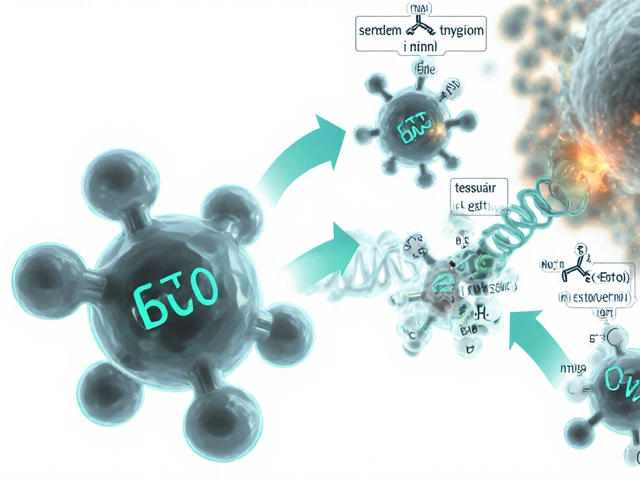Calcium Channel Blockers: What They Are, How They Work, and What You Need to Know
When your heart or blood vessels are working too hard, calcium channel blockers, a class of medications that prevent calcium from entering heart and blood vessel cells, helping relax arteries and lower blood pressure. Also known as calcium antagonists, they’re one of the most common tools doctors use to treat high blood pressure, chest pain, and certain irregular heartbeats. Unlike some heart meds that slow your heart rate, these work by relaxing the muscles in your arteries, letting blood flow more easily. That’s why they’re often chosen for people who can’t tolerate beta-blockers or need extra help controlling pressure without feeling sluggish.
They’re not all the same. amlodipine, a long-acting calcium channel blocker often used for daily blood pressure control is gentle and lasts all day, while diltiazem, another type that can also slow heart rate is sometimes picked for people with both high blood pressure and atrial fibrillation. Then there’s verapamil, a calcium channel blocker that’s more focused on heart rhythm than just pressure. Each has its own rhythm, side effects, and best uses. You won’t feel them working like a painkiller—you won’t suddenly feel better. But over time, your arteries loosen up, your heart doesn’t strain as hard, and your risk of stroke or heart damage drops.
They’re not magic, and they’re not risk-free. Swelling in the ankles, dizziness, or constipation are common. Some people get headaches when they start. And if you’re already on statins, beta-blockers, or grapefruit juice, things can get messy fast. That’s why knowing which one you’re on—and why—is just as important as taking it. You don’t need to memorize every detail, but you should know if yours is a dihydropyridine or a non-dihydropyridine, because that changes what to watch for.
What you’ll find below isn’t a textbook. It’s real-world info from people who’ve been there: how to handle side effects, what to do if your meds aren’t working, how they interact with other drugs like statins or herbal supplements, and why some people switch from one calcium channel blocker to another. You’ll see how these meds fit into bigger health pictures—like heart disease, kidney function, and even exercise tolerance. No fluff. Just what matters when you’re trying to stay healthy while managing a chronic condition.
Clarithromycin and Calcium Channel Blockers: The Hidden Hypotension Risk
Clarithromycin can dangerously raise levels of calcium channel blockers like amlodipine and nifedipine, causing severe hypotension. Azithromycin is the safe alternative. Learn who's at risk and what to do.






